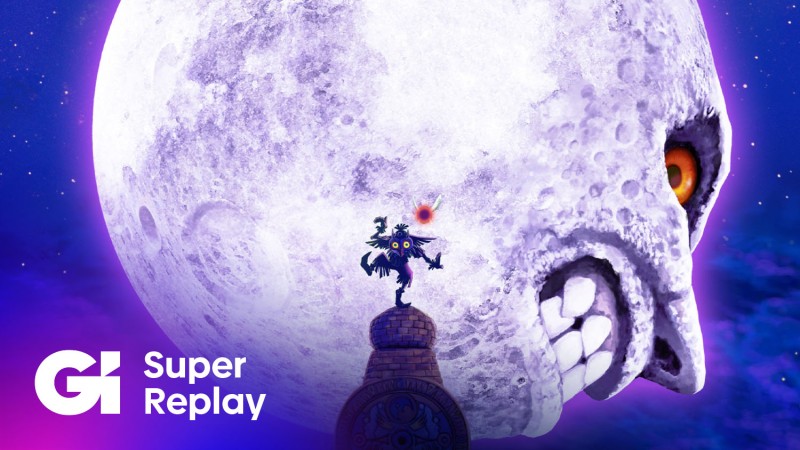Ever have an idea that you regret the instant you commit to realising it? That’s how I feel about my decision to rank all of Elden Ring’s major locations. It turns out that, not only are there a lot of locations in Elden Ring, but the definition of a distinct location is largely up for debate. The opening area of Limgrave, for example, could be as many as four separate regions (East Limgrave, West Limgrave, Stormhill and Weeping Peninsula) depending on how you interpret it. That’s not to mention all of the dungeons, caves, chapels, and other landmarks scattered throughout the Lands Between.
Yet like a newly minted Wretch squaring up to Margit the Fell Omen for the first time, I am prepared to plough on despite the pain that awaits. Below you’ll find a comprehensive ranking of Elden Ring’s major regions and legacy dungeons, based on the admittedly woolly criteria of how fun and interesting each location is to explore. So grab your map, put on your boots, and update your life insurance policy as we embark upon a grand tour of From Software’s magnificent fantasy realm.
22. Lake Of Rot

Lake of Rot makes itself a prime target for worst Elden Ring location by virtue of being called ‘Lake of Rot’. But it isn’t Lake of Rot’s rottenness that puts it at the bottom of the pile. Unlike Caelid, Lake of Rot is boring as well as horrible, a flat expanse of viscous red ooze that’s little fun to traverse or explore. Aside from a Dragonskin solider and a temple area home to a bunch of preying parasites, there isn’t much to see or do here. Only worth visiting if you’re pursuing Ranni’s questline, and even then, you’re very much ‘passing through’.
21. Forbidden Lands

A stretch of connective tissue between Leyndell and the Mountaintops of the Giants, Forbidden Lands is a bleak, misty wasteland prowled by Vulgar Militia. It’s little more interesting than Lake of Rot, but you’re obliged to pass through here to reach the Grand Lift of Rold, from which you can access both the Mountaintops of the Giants and the next location on this list. Points for functionality, but that’s about it.
20. Consecrated Snowfield

The weakest of Elden Ring’s “open” areas, not least because you can’t see half of it. Consecrated Snowfield pulls one of FromSoft’s favourite tricks of reducing your visibility to zero, by means of a blizzard that batters the southern half of the region. A pretty panorama awaits on the far side, but the area generally feels like a hodgepodge of assets borrowed from other parts of the Lands Between. Big “two hours until deadline” energy.
19. Roundtable Hold

I honestly wasn’t sure whether to include the Roundtable Hold in this list at all. It is technically a location in Elden Ring, although it’s entirely disconnected from the main world, and mostly serves as a menu you can walk around. Beyond serving as a waystation for the other Tarnished characters in the game, it’s not a particularly interesting place. That said, I prefer to spend time here than any of the locations lower down the list, so it’s probably worthy of inclusion.
18. Ainsel River

There are two underground rivers in Elden Ring, and Ainsel River is the weaker of them. It’s smaller, more awkward to navigate, and involves fighting far too many giant ants. It does feature one of the more iconic locations in Elden Ring, however, a vast throne room where a giant skeleton watches over its ruined domain.
17. Subterranean Shunning Grounds
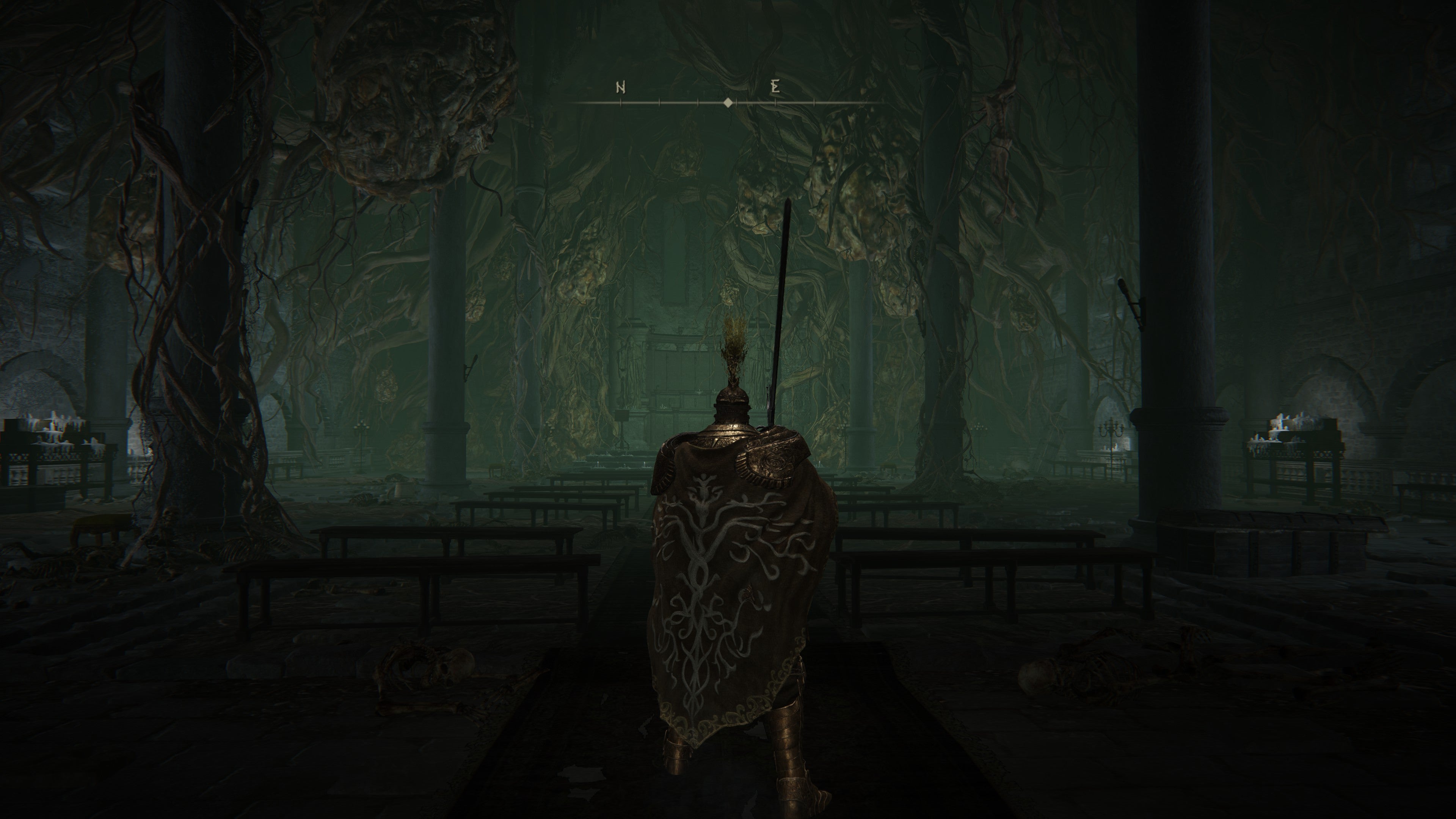
Elden Ring’s equivalent of Dark Souls’ Depths, the Subterranean Shunning Grounds is a cross between a prison and a sewer. As sewer levels go it’s pretty impressive, and is also where you find several of the game’s most important characters. Nonetheless, it is ultimately a sewer level, obliging me to mark it down.
16. Nokstella, Eternal City

Nokstella, Eternal City is basically a Nokron: Eternal City tribute act. It plays all your favourite tunes – including the hit singles Starry Cavern Ceiling and Ruined Classical Architecture. Yet while a decent facsimile, it can’t match the thrill of seeing Nokron live for the first time. I also got chased into a corner and murdered by a sentient metal ball in Nokstella, and still haven’t got over it. Yes, I am that petty.
15. Altus Plateau

This one’s likely to be controversial, but I think Altus Plateau is, overall, a pretty dull region. Yes, it has gorgeous golden lighting and pleasant, autumnal vibes. And yes, the village full of madwomen is a neat area. But it lacks the weirdness of Liurnia, or the abject horror of Caelid. Also, it has a boss called “Wormface”, which is hardly FromSoft at its most inspired.
14. Deeproot Depths

Like Consecrated Snowfield, Deeproot Depths has a bit of a “cobbled together out of leftovers” feel. But it does a much better job of mixing those leftovers into an interesting dish. It starts out with a knotty ramble through those eponymous roots, which acts a teaser for the Haligtree. Then there’s a tricky battle through a ruined town with Mausoleum soldiers and legless, fire-breathing gargoyles, before you encounter one of the weirder boss fights in the game.
13. Mountaintops of the Giants
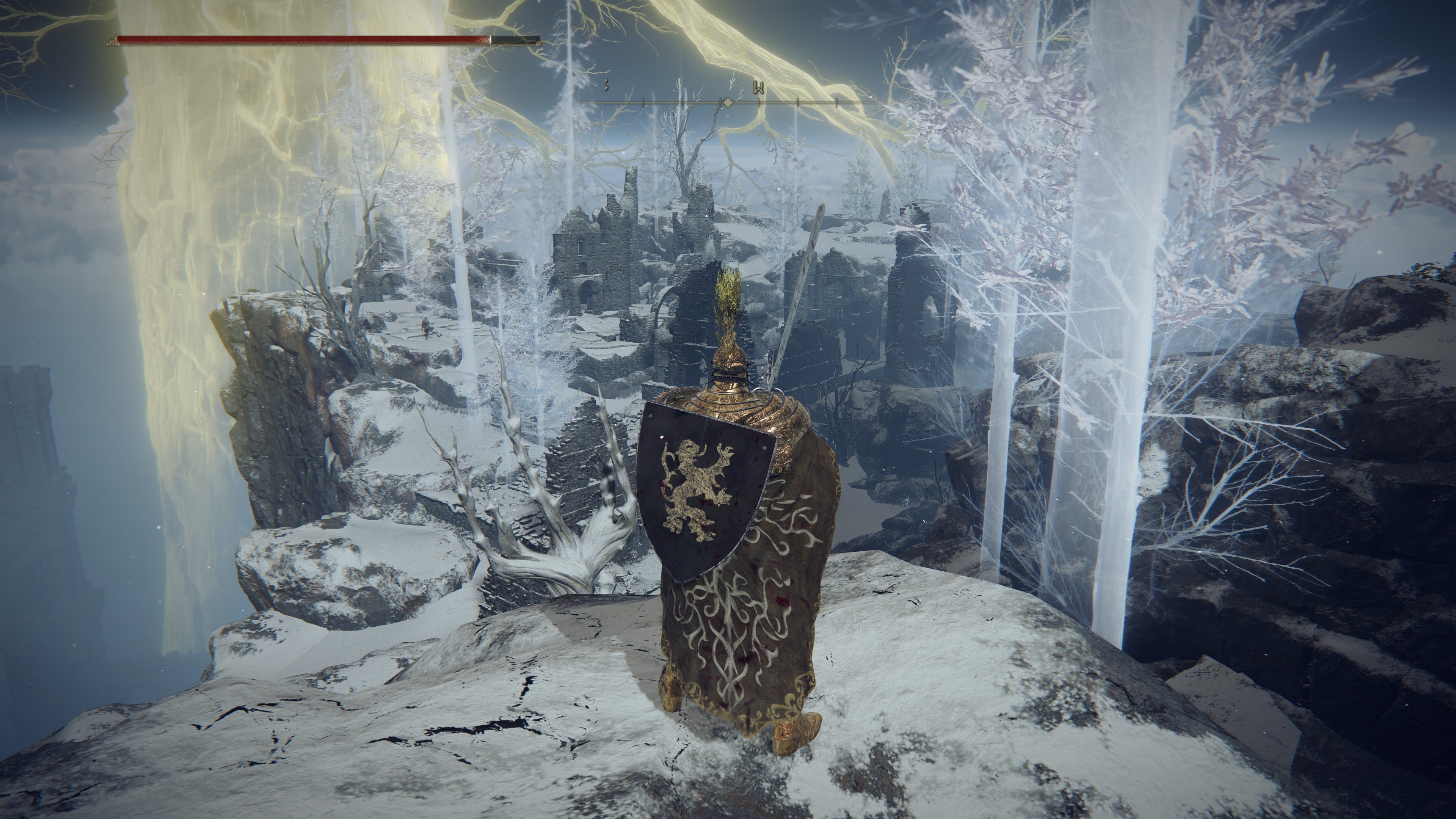
Now we’re getting into the good stuff. Mountaintops of the Giants is the last hurrah for Elden Ring’s open world, a frigid, rugged hike toward the Forge of the Giants, after which the game becomes a linear trek to the finish line. The Mountaintops often feel like a supersized callback to Dark Souls’ Painted World of Ariamis, with its gorge-spanning bridges and snow-dusted fortifications. There are also some great sub-areas to explore, like the frozen lake where you battle a dragon, and the imposing walls of Castle Sol, where you can grab the second half of the Haligtree secret medallion. But it has one major downside – Fire Giant – a strong contender for the worst boss in the game.
12. Siofra River

Siofra River provides one of the great “reveal” moments in Elden Ring, namely the first time you stumble across the River Well in Limgrave, and travel down, down, down to discover a vast subterranean area frocked with ancient ruins and its own, magically suspended night sky. Indeed, there’s an oddly peaceful vibe to Siofra River’s underground forests, despite the abundance of hostile claypeople and burly viking fellows who can snipe you from a mile away with magical arrows. Even the boss fight against the Ancient Spirit has a curious serenity to it. The closest Elden Ring gets to a mindfulness retreat.
11. Academy of Raya Lucaria
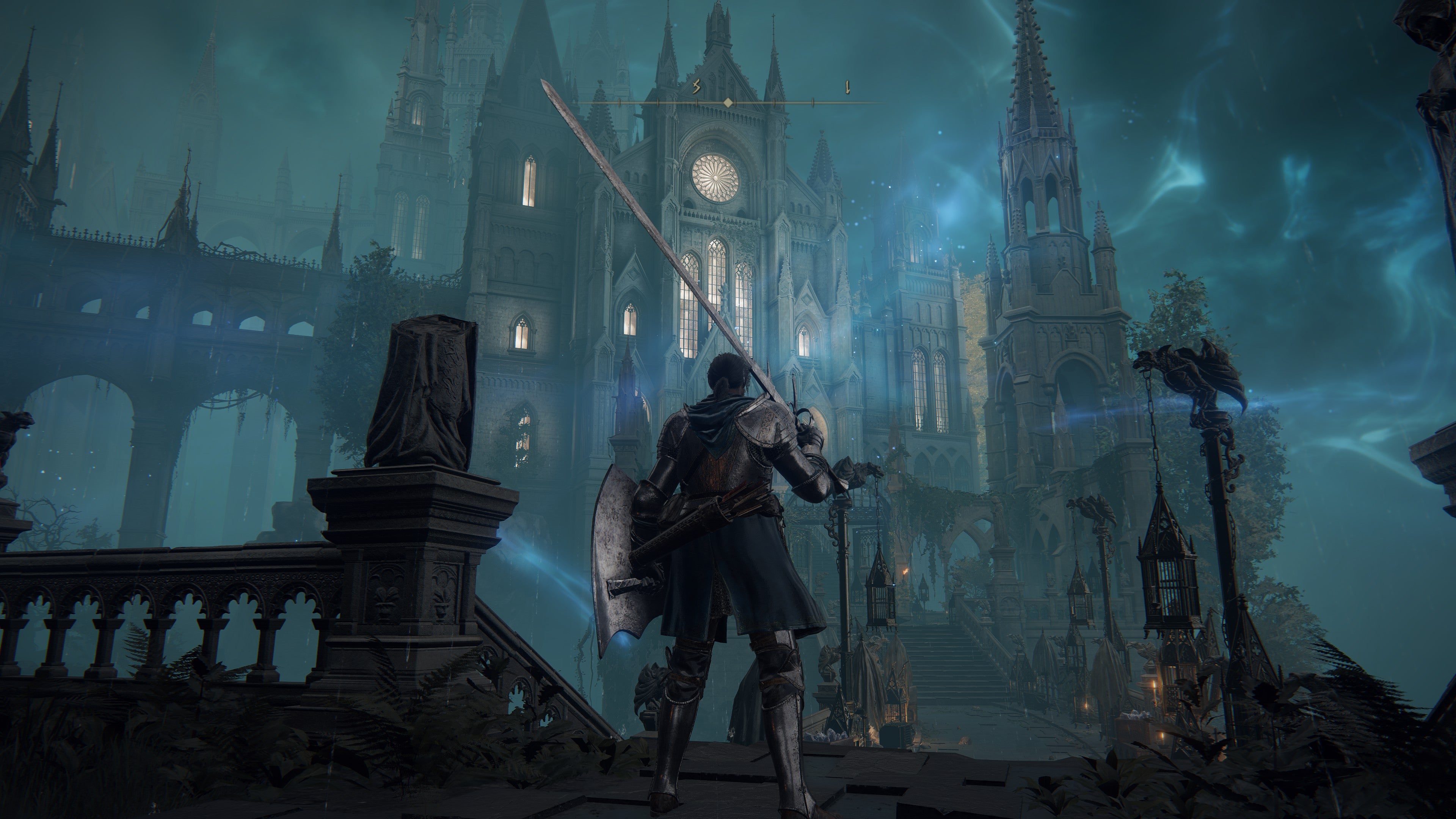
This is the area I had most difficulty placing. On the one hand, Raya Lucaria is a beautiful and intricate dungeon with satisfying exploration and some particularly excellent rooftop scrambling. On the other, its filled with dickhead mages who spam you to death with cheap glintstone attacks. The boss fight against Rennala is also a mixed affair. Not only do you have to slog through that annoying first phase where you massacre a bunch of floppy children, there’s a reasonable chance that you’ll get instantly murked by Rennala’s Comet Azur attack at the start of the second phase. But the earlier fight against Radogan’s Red Wolf is cool, as is the duel against the Carian Knight Moongrum just before the area’s climax.
10. Mt Gelmir

Arguably the weirdest open-world region in Elden Ring, the twisting verticality of Mt Gelmir’s shattered hillsides makes it akin to a legacy dungeon in terms of navigation. There are loads of interesting sub-locations too, an abandoned mage’s town occupied by demi-humans, a crumbling fort beside a lake of lava-prowled by fire-monks. The region also culminates with a battle against the Fallingstar Beast at the cratered summit of the mountain, which, while far from the best boss fight in the game, is certainly one of the most dramatic. My only real complaint is that the whole area is astonishingly brown.
9. Caelid

As a holiday destination, Caelid is bottom of the pile. Even Lake of Rot doesn’t see you chased by giant dinosaur dogs and psychotic megacrows. But as festering hellscapes go, you’d struggle to come up with something more disturbingly oppressive. It’s is an astonishing manifestation of desolation and decay, from the writhing weeds and skull-shaped hillocks that litter the landscape, to the eerie fly-buzzing soundtrack that needles your ears.
Caelid also sees Elden Ring at its most cinematic. The run up to Radahn’s Redoubt is arguably the closest Elden Ring gets to a scripted action sequence, while the battle against the mad General himself provides a rare example of camaraderie in Elden Ring’s lonely world.
8. Limgrave

As Elden Ring’s starting area, Limgrave has an unfair advantage over the other regions. It’s the place where you encounter many of the game’s most interesting features for the first time. It’s the place where you first encounter a dragon, and where you first see many of the sub-bosses, like the Tree Sentinel and the Burial Watchdog.

But this doesn’t change the fact that it is one of Elden Ring’s best areas. Its air of dilapidated beauty is quintessentially FromSoft, and there’s enough going on in Limgrave alone that it feels like a self-contained game in and of itself. My favourite part of Limgrave, though is the ride across the Weeping Peninsula down to Castle Morne (see right), and the subsequent encounter with the game’s first Golem. It’s the point where Elden Ring most strongly channels Team Ico’s Shadow of the Colossus, a powerful justification of FromSoft’s transition to an open world.
7. Nokron, Eternal City
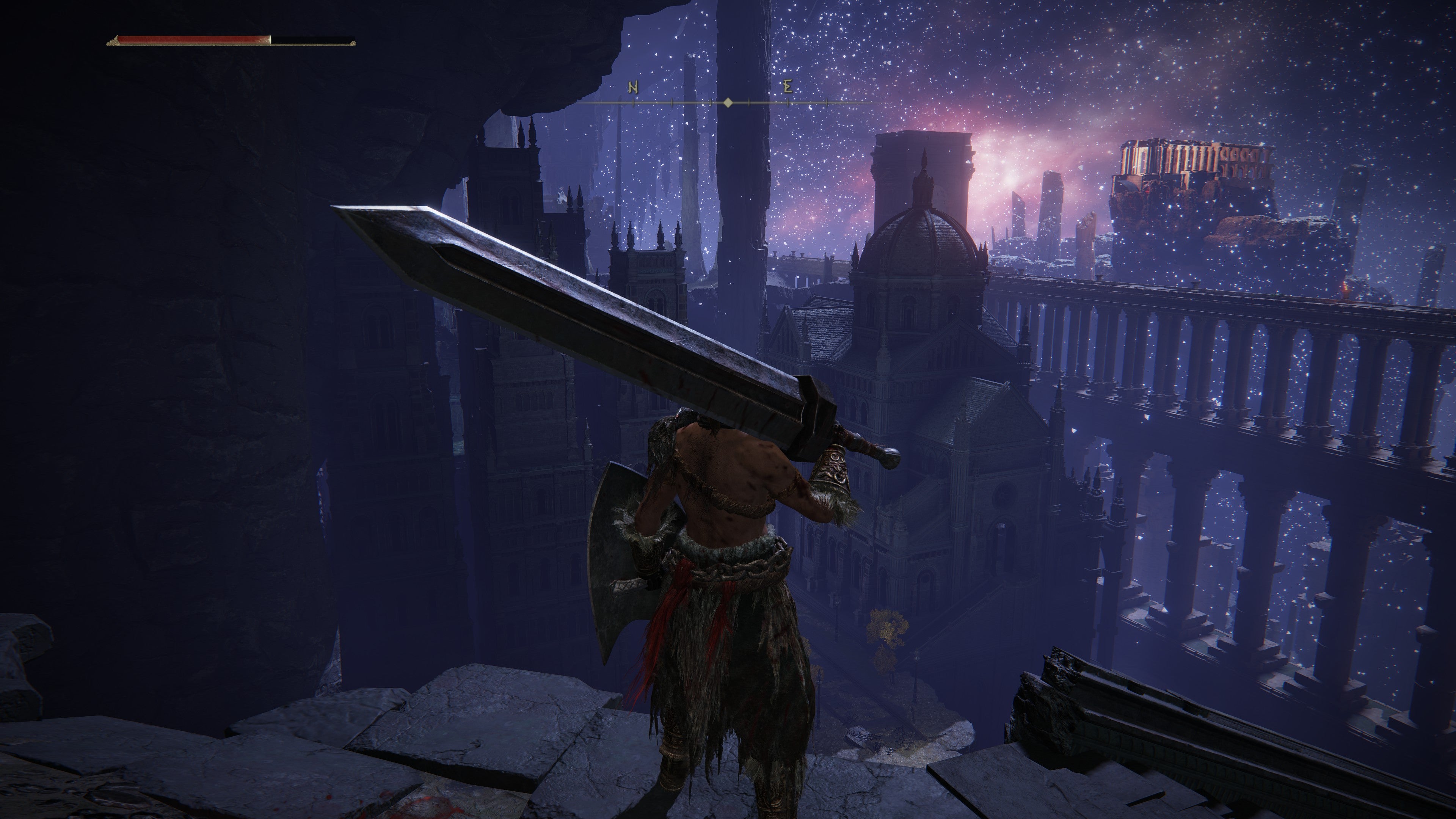
The fact that you can only access Nokron with the help of a meteor strike automatically makes it one of Elden Ring’s cooler locations. But there’s so much else going on in Elden Ring’s ancient, sunken metropolis. It’s crumbling, forgotten architecture and menagerie of strange inhabitants are strongly reminiscent of Robert E. Howard’s original Conan stories. It’s also here where players encounter the fabled Mimic Tear, producing both one of Elden Ring’s curious boss fights, and arguably the best Spirit Summon in the entire game.
6. Stormveil Castle

One of the most comprehensive locations in Elden Ring, Stormveil has a bit of everything. It’s a truly enormous fortification, with grand black-and-golden walls rotted from the inside-out by Deathblight. It’s liberally scattered with traps, pitfalls, and cannily placed enemies. It’s got its own township in the centre where you meet one of the game’s key characters. It’s got both knife-wielding birds and knife-wielding lions prowling its interior. And the area concludes with the splendidly ridiculous showdown against Godrick the Grafted.
Stormveil is also the area of Elden Ring that has most significance when you’re not in it. At the start of the game, reaching it is your first major goal, and its crenelated towers constantly loom over your game progression like a watchful sentinel. Afterwards, it becomes a metric for your later progression, its dwindling silhouette nearly always visible from the higher plateaus as a memory of your early adventures.
5. Crumbling Farum Azula

Elden Ring’s last unique location, Crumbling Farum Azula is also one of the strangest. It’s a large, isolated floating island that simultaneously sustained and consumed by a cluster of anomalous whirlwinds. It’s a fitting place for the adventuring portion of the game to come to an end, with its fragmented structure making for one of the game’s nattiest environmental challenges. It features two of Elden Ring’s toughest boss fight, and also forms the setting for one of the most melancholy farewells in the game.
4. Leyndell, Royal Capital

A strong contender for Elden Ring’s most spectacular location, Leyndell is the game’s glittering capital city at the foot of the Erdtree. Indeed, one of the most impressive things about Leyndell is how the game manages to keep its appearance a secret for so long, only revealing its full glory once you’ve completed the entirety of Altus Plateau. Between it and the later Ashen variant, it’s also arguably the most important area in the game. It has more boss unique boss fights than anywhere else, and it’s also where many of the most significant plot points play out. That said, its size and complexity somewhat play against it, making it a difficult and occasionally frustrating area to navigate.
3. Miquella’s Haligtree
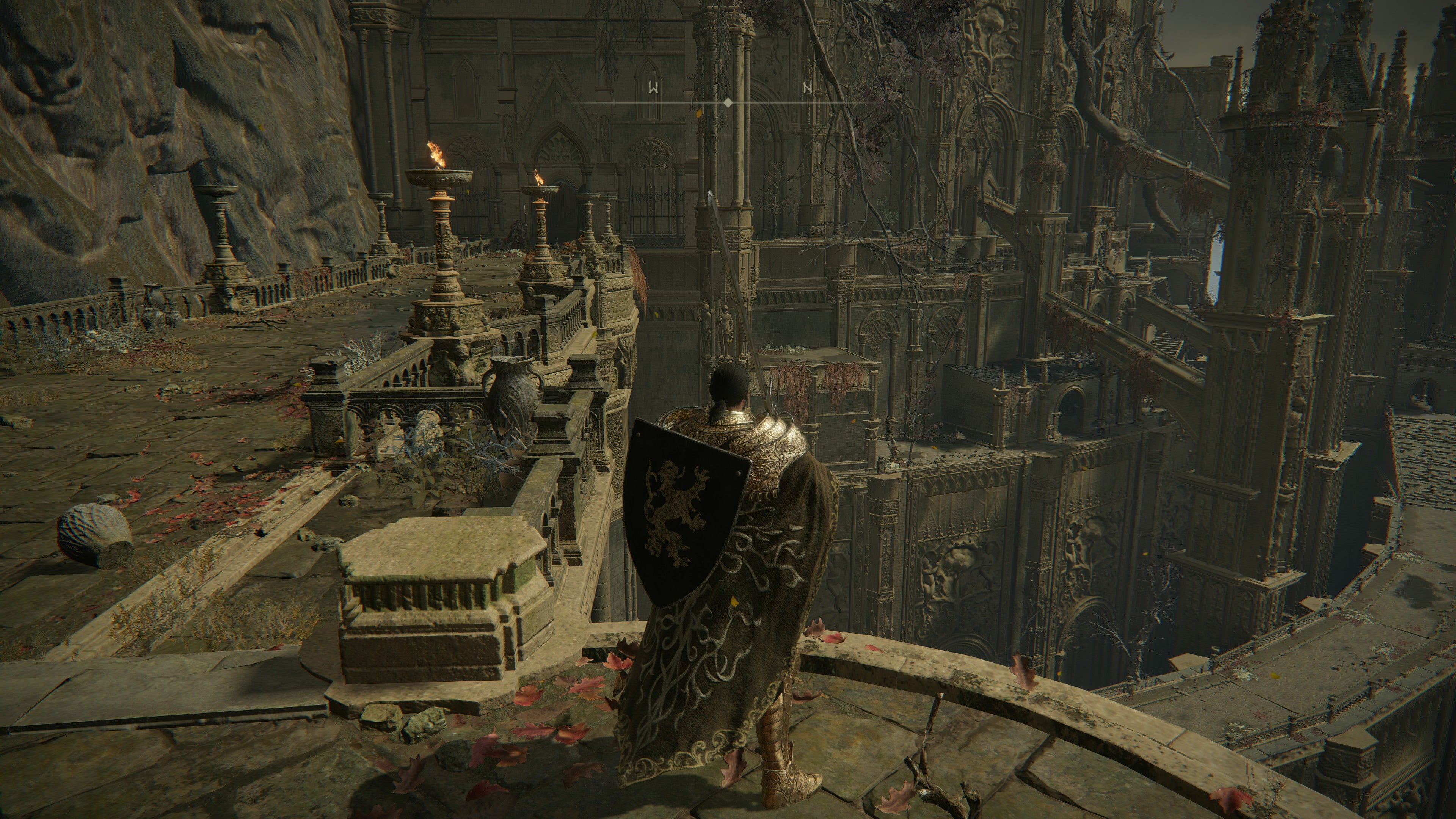
It’s absurd that Miquella’s Haligtree is an optional location. It’s one of the most elaborate and imaginative dungeons in the whole game. The entire journey through the Haligtree is one long descent, from the gnarled branches of the Haligtree’s canopy, down to a large town built around the tree’s enormous trunk. But the town is a mere taster for what awaits at the bottom of the tree, whereupon you encounter Elphael, a glittering city to rival Leyndell built as a brace for the tree itself. Navigate through this expansive cityscape, and you’re rewarded with the most infamous boss fight in the game, clashing blades with Malenia, Blade of Miquella.
2. Liurnia of the Lakes

One might argue that the power of Liurnia relies heavily on its opening reveal, which presents players with the most famous panorama in Elden Ring. That astonishing vista, with Liurnia’s misted swamps sweeping away to the basalt crag on which sits the Academy of Raya Lucaria, is perhaps the key moment where Elden Ring cements its greatness in the minds of players.
But not only is Liurnia gorgeous from pretty much any angle, a masterpiece of virtual landscaping, it has substance to back up its style. One of Elden Ring’s largest areas, it has a ton of fascinating sub-locations to discover, from the hidden village of the Albinaurics to the deeply cursed Caria Manor, infested with terrifying spider-hands. Liurnia doesn’t reveal the full extent of its secrets until much later in the game, with its Western cliffside inaccessible until deep into Ranni’s questline.
1. Volcano Manor




The best self-contained adventure in the whole of Elden Ring, Volcano Manor has it all. A thrilling concept, a fantastically laid-out dungeon, a cabal of dissident heretics committed to upending the status quo, a unique questline that sees you play the role of itinerant assassin to undermine the Two Fingers, a town full of snake-people that has serious Bloodborne energy. More lava than you can shake a half-melted stick at. And it all ends with one of the most spectacular boss fights in all of Elden Ring (although by no means the most challenging).




